
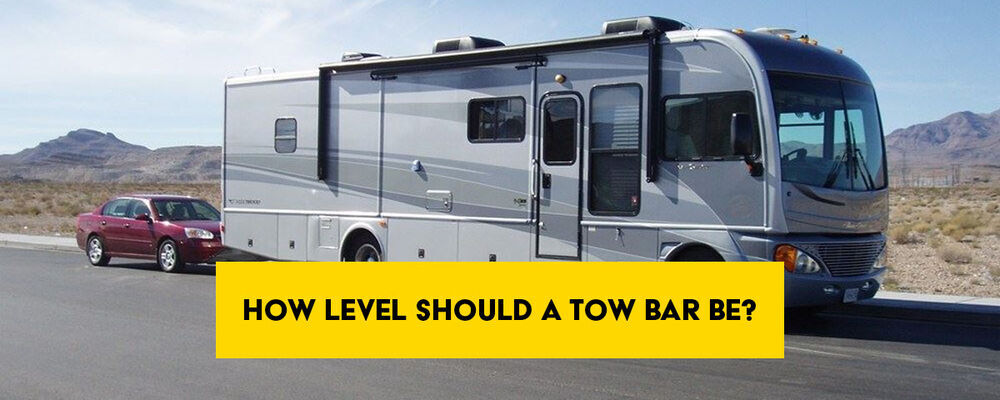
How Level Should a Tow Bar Be When Flat Towing?
How Level Should a Tow Bar Be When Flat Towing?

Step 1: Measure from center of RV hitch receiver to the ground (A) Step 2: Measure from center of tow bar base plate to the ground (B) Step 3: Subtract the two measurements to find the difference
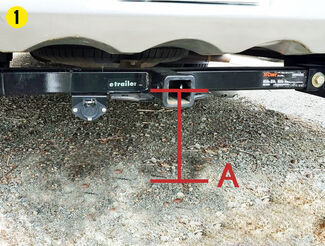
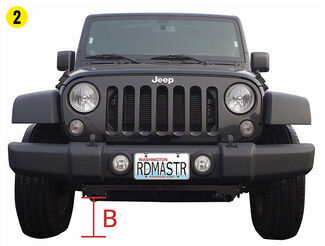

The measurements are the same. Congrats, your tow bar is level! The measurements are within 3" of each other. Congrats, your tow bar is in the safe zone! The measurements have a difference of more than 3". You'll need a high-low adapter or a properly sized ball mount to bring your tow bar into the safe zone of towing. (Keep reading to find out how to choose the right adapter or ball mount!)
How to Choose the Right High-Low Adapter or Ball Mount
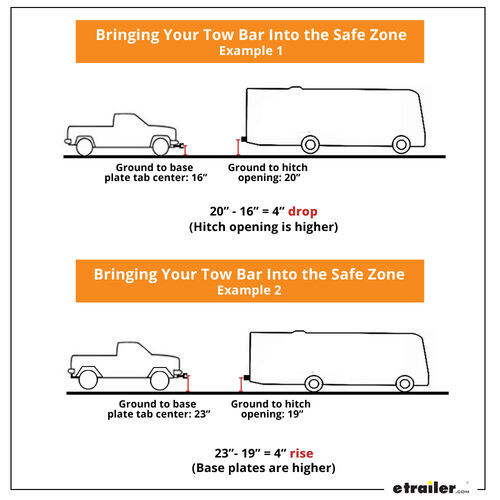
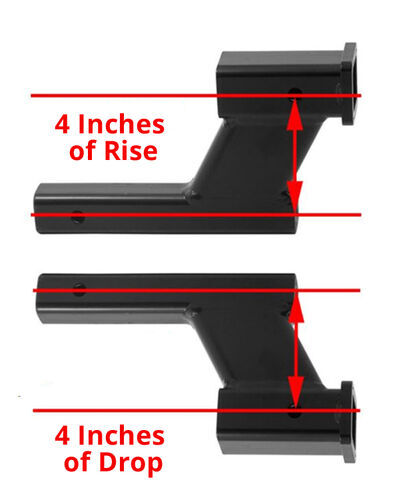
Do High-Low Adapters Reduce Weight Ratings for Flat Towing?
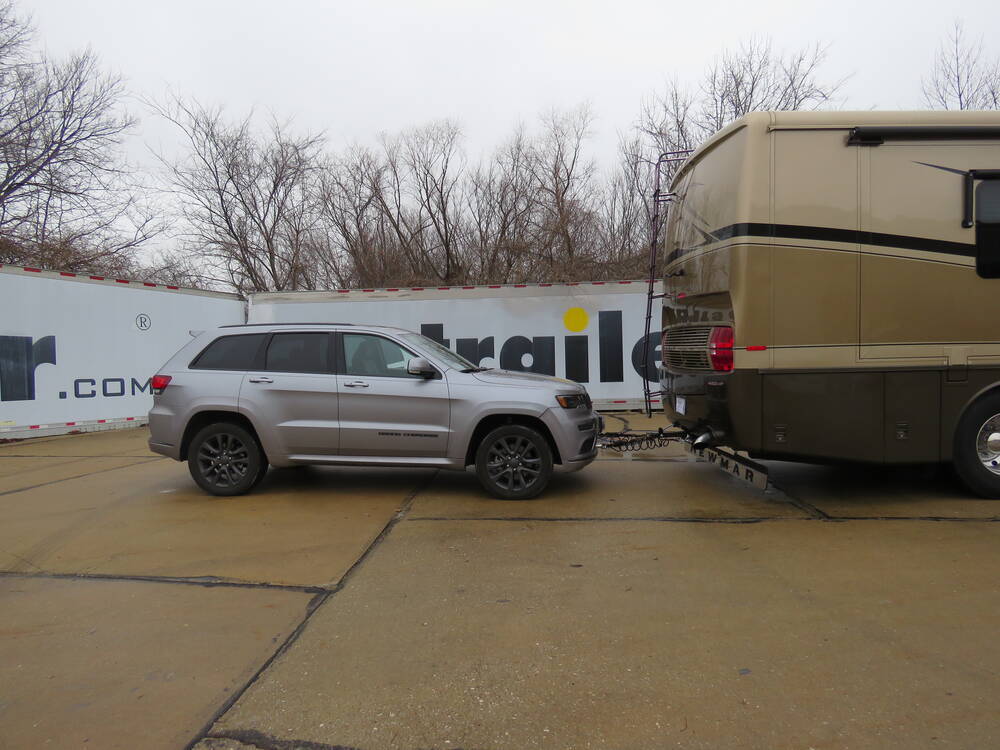
Can a High-Low Adapter Be Used with a Hitch Extender?
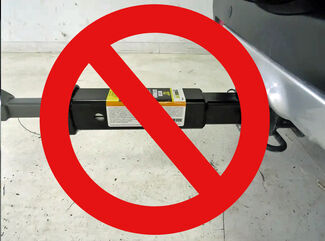

Departments
Towing
- Trailer Hitch
- Fifth Wheel
- Gooseneck
- Towing a Vehicle
- Front Hitch
- RV Hitch
- ATV Hitch
- HD Truck Hitch
- Vehicle Wiring
- Brake Controller
- Ball Mounts
- Weight Distribution
Sports and Recreation
Trailer Parts
- Utility Trailer
- Boat Trailer
- Landscape Trailer
- Enclosed Trailer
- 5th/Camper Trailer
- Car Hauler
- Horse Trailer
Vehicle
Contact & Help

What our customers are saying:
"I like the easy of navigation through the site. It only took me a couple of minutes to place my order. Thank You I will shop this sight again in the future."
Kevin
Manchester, MD
Popular Vehicles
- Subaru Forester
- Ford F-350 Super Duty
- Ford F-250 Super Duty
- Chevrolet Silverado 1500
- Jeep Wrangler Unlimited
- Jeep Wrangler
- Ram 3500
- Toyota Highlander
- Ram 2500
- Chevrolet Silverado 2500
- Subaru Outback Wagon
- Chevrolet Silverado
- Dodge Ram Pickup
- GMC Sierra 2500
- Ram 1500
- Ford F-250 and F-350 Super Duty
- Jeep Grand Cherokee
- Toyota Tacoma
- GMC Sierra 3500
- Toyota Tundra
- Ford Escape
- More >>


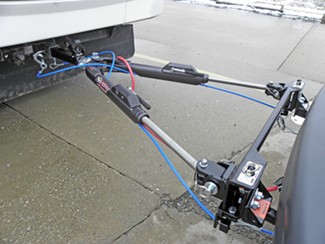
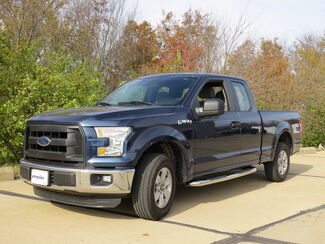
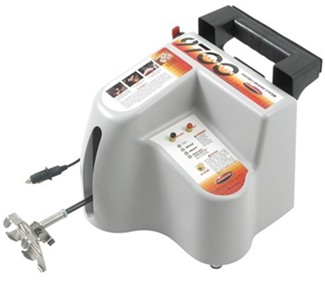
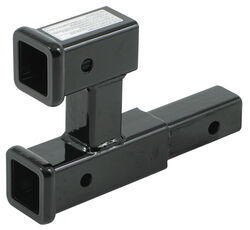

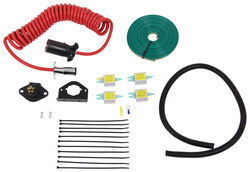

























Robert
6/21/2023
Blue Ox 4330 tow bar specifies 7” rise from tow bar pin at base plate to middle of the receiver hitch ball. That contradicts the “flat” specification in your article. Look at your diagram and the Blue Ox diagram from their instructions manual. Don’t quibble the “flat coupler” and flat tow bar mount are significantly different. Your info needs to be changed, it could lead to a stress failure of components of the towing system. Just FYI and trying to keep it safe out there.